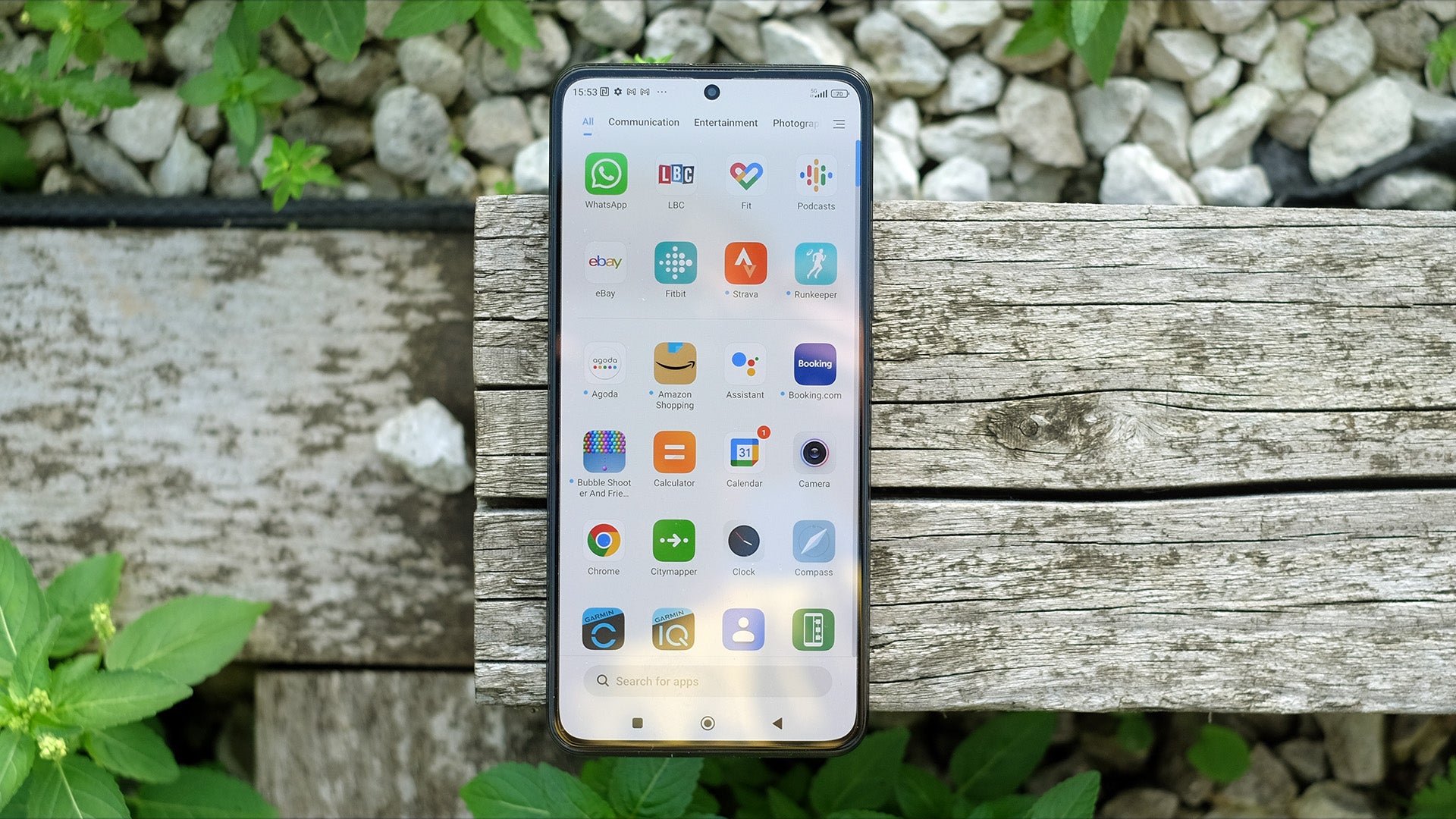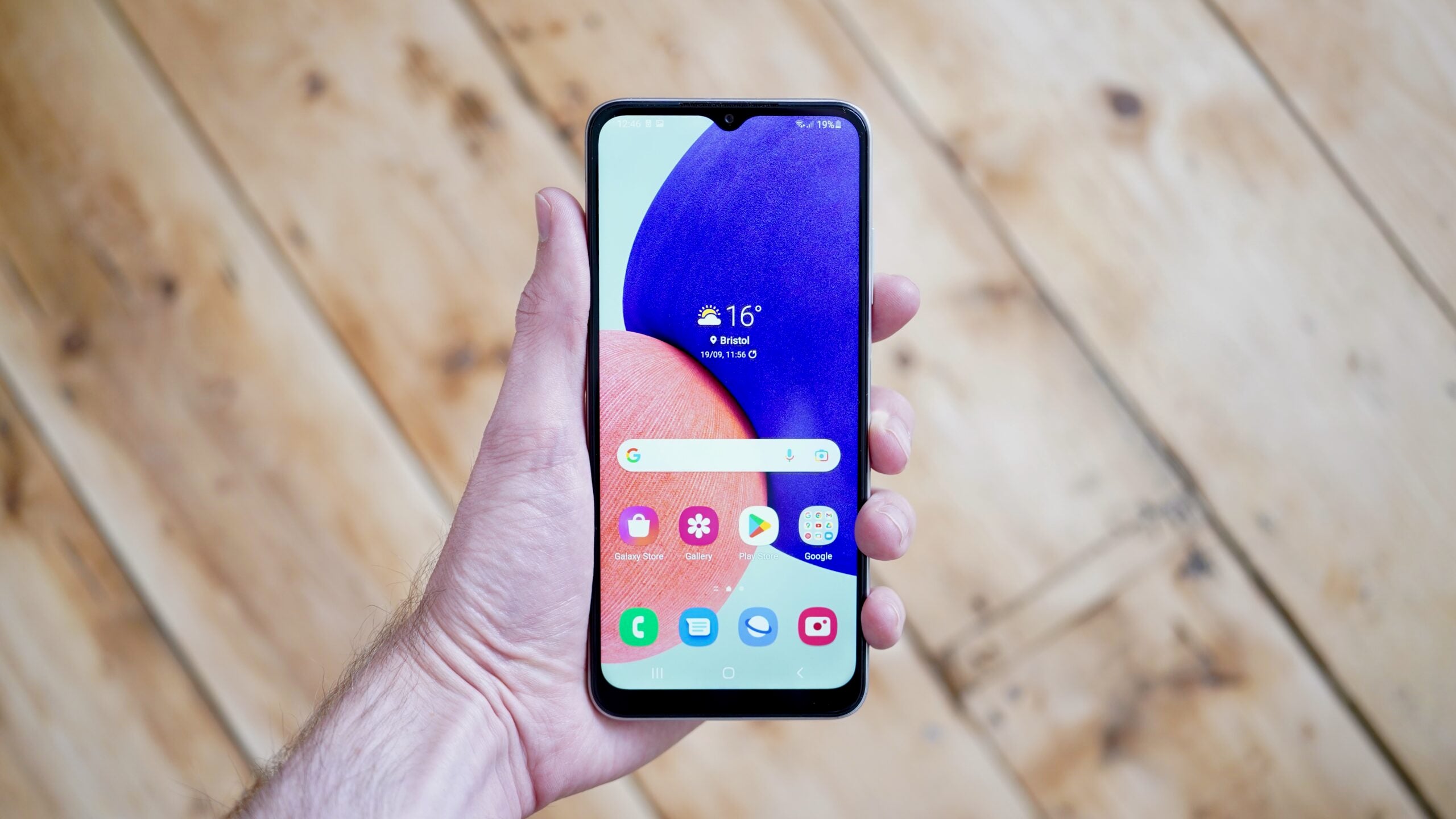What is Wear OS?
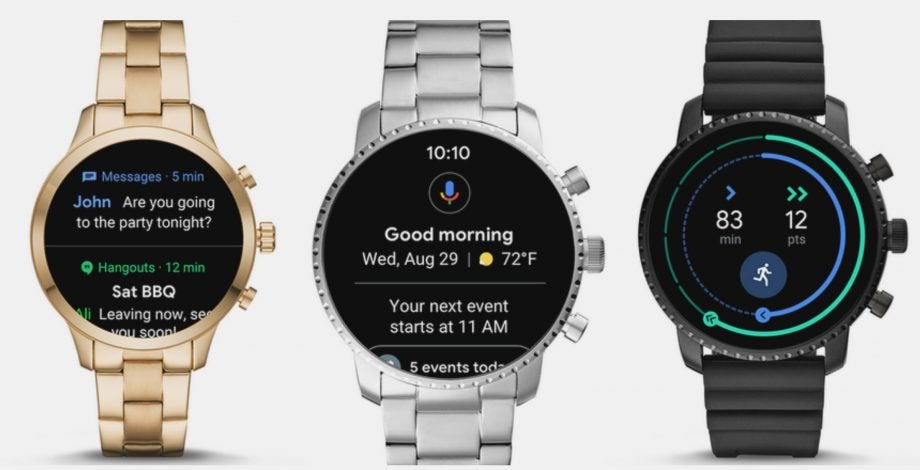
What is Wear OS? Google’s dinky operating system has had a convoluted, some would say tortuous history, but it seems set to finally achieve liftoff.
Here’s the full lowdown on Wear OS.
What is Wear OS?
Wear OS is a Google-made smartwatch operating system. You can think of it as the equivalent of Android for smartwatches.
Indeed, Wear OS was initially known as Android Wear upon the platform’s launch on March 18, 2014. However, Google changed this name to Wear OS in 2018 to reflect the fact that the OS is compatible with iPhones. In 2017, one out of three new Android Wear owners also used an iPhone.
Wear OS enables a number of advanced smart functions from a wrist-based device. This includes relaying smartphone notifications, positional tracking, messaging and phone calls, music playback, and heart rate tracking.
Google’s platform is generally held to account for around 17% of the global smartphone market, trailing behind Apple’s WatchOS in first place.
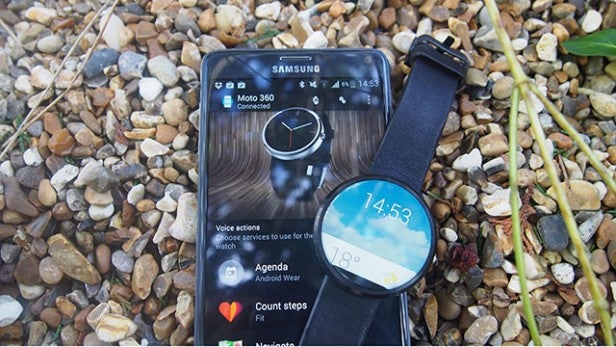
Which devices run Wear OS?
Like Android, Google makes its Wear OS platform available for third party manufacturers to make hardware for. Unlike with Android, this includes a number of high-profile fashion and traditional watch brands alongside the usual tech companies, including Fossil, Michael Kors, and Montblanc.
Technically, a vast range of smartwatches run on Wear OS – too many to name here, in fact. You can click here to find the initial list of Android Wear devices that initially received the update to Wear OS 1.0 in 2018. Among the most notable watches to run Wear OS 1.0 were the Huawei Watch 2, the LG Watch Sport, and the Fossil Q Founder 2.0.
As that suggests, not all Android Wear devices are Wear OS devices. It also hints at the fact that very few watches run on the latest version of Wear OS, which is Wear OS 3.0.
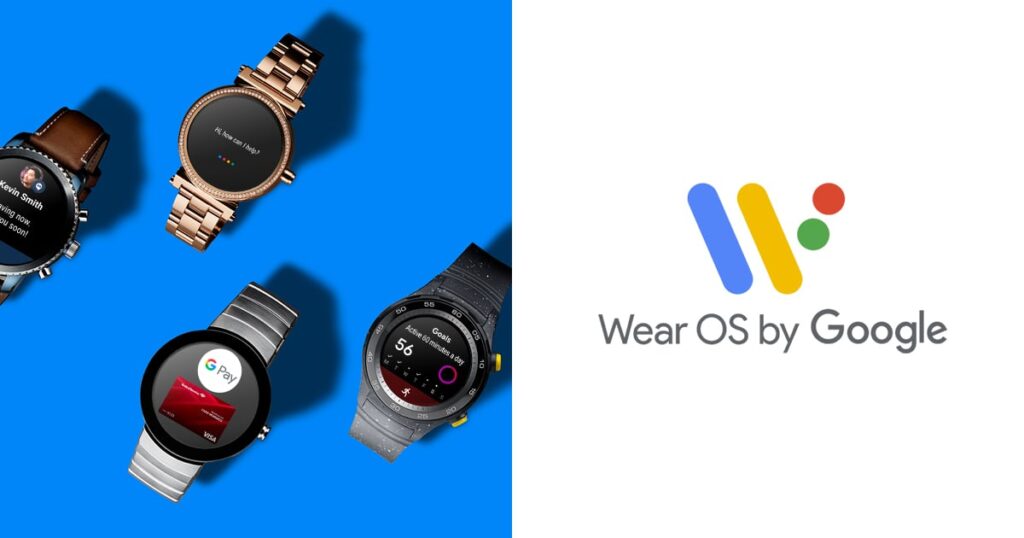
What is Wear OS 3.0, and why is it special?
As you may have picked up on from our comments so far, Google’s smartwatch platform has had a somewhat stop-start existence to date, with various rebrands and false dawns. It’s offered a generally underwhelming experience based on our experience reviewing watches running it over the years.
However, Wear OS 3.0 promises to turn things around. This latest version of Wear OS was co-developed by Google and Samsung, which joined forces with Google after developing its own slick-but-niche Tizen smartwatch platform.
With a slick new UI, a 30% increase in performance, speedy app switching, improved energy efficiency, and a Fitbit-bolstered health tracking offering, it’s the modern smartwatch platform we’ve been crying out for to take on the formidable Watch OS for Apple Watch.
The first device to run Wear OS 3.0, the Samsung Galaxy Watch 4, is by far the best Wear OS smartwatch yet. A large part of that is down to Wear OS 3.0, which we described as “a joy to use” in our 4.5 out of 5 review.
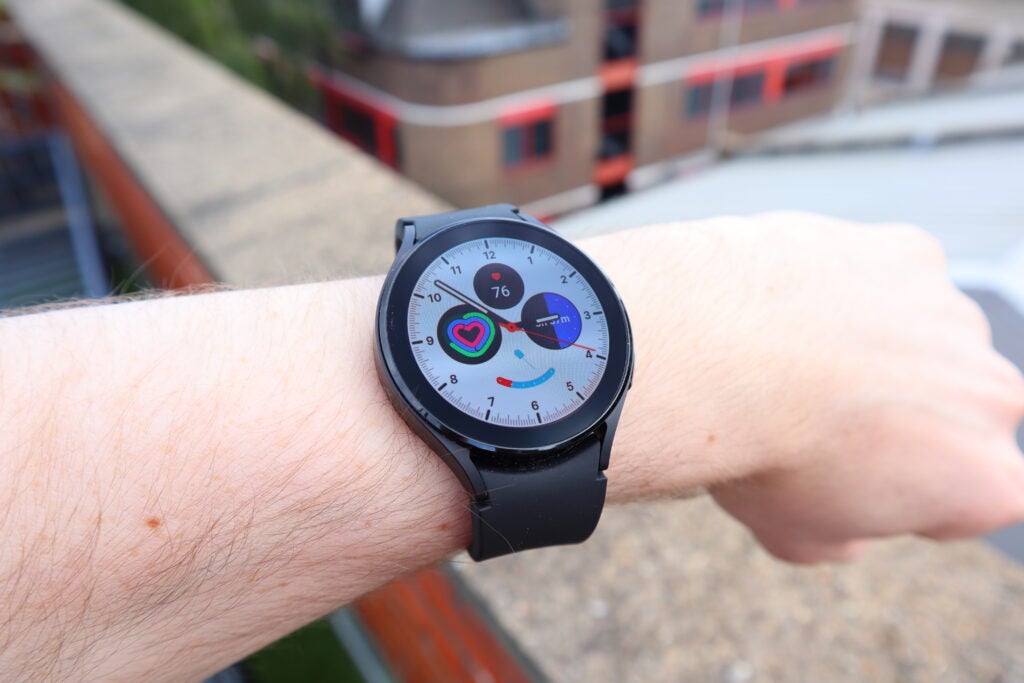
Which devices run Wear OS 3.0?
The only device that ran the latest version of Wear OS, Wear OS 3.0, at launch was the Samsung Galaxy Watch 4. However, the following smartwatches have been confirmed for a Wear OS 3.0 update some time in 2022:
- Fossil Gen 6
- Michael Kors Access Gen 6
- Skagen Gen 6
- TicWatch Pro 3
- TicWatch Pro 3 Ultra GPS
- TicWatch E3
- Tag Heuer Connected Calibre E4
When will we see a Google watch?
Google is widely expected to announce its first smartwatch, the Google Pixel Watch, at its Google I/O event on May 11, 2022. You can bet that this will be the next big smartwatch to run Wear OS 3.0, and quite possibly the most important smartwatch launch since the original Apple Watch.
Which smartphones are compatible with Wear OS?
There are too many WearOS-compatible smartphones to name. Suffice to say, any phone running Android 6.0 or later, or any iPhone running iOS 10.0 or later, can be paired with a WearOS device. In other words, practically all of them.





